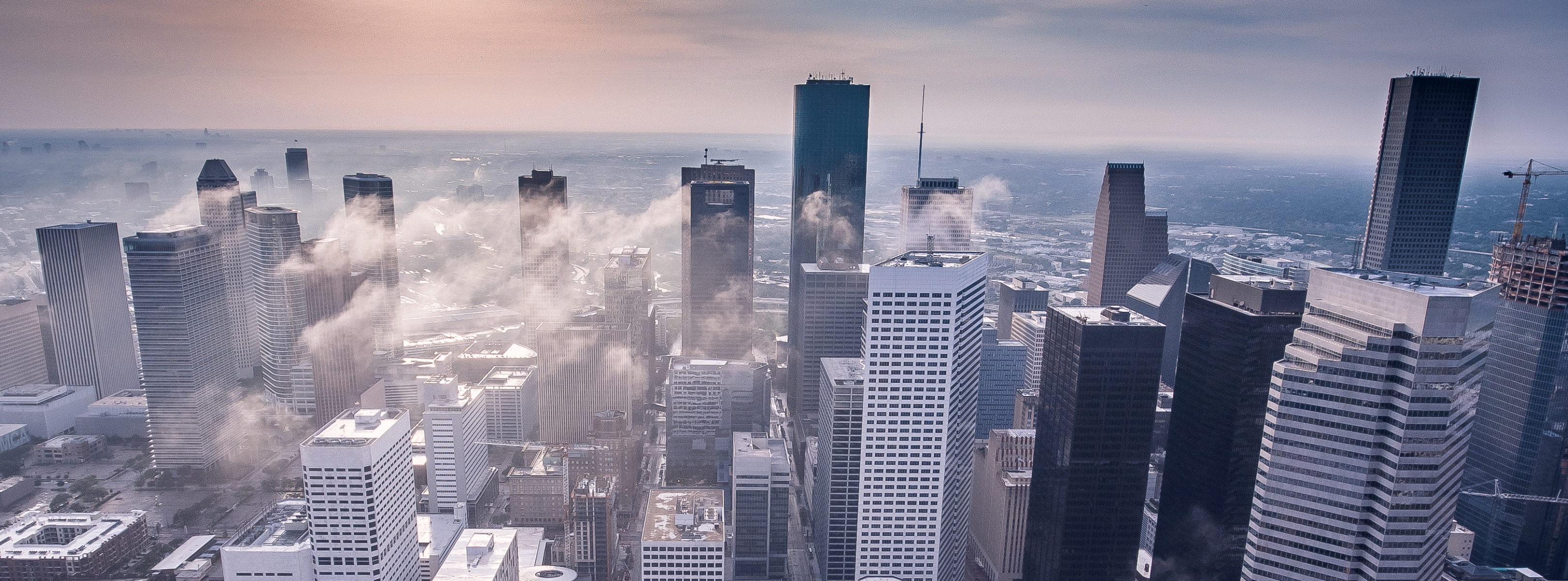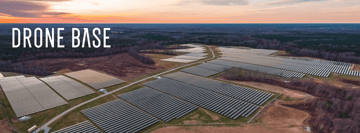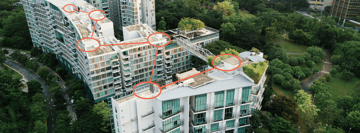If you keep one eye on the news, you’ll have struggled to miss the many reported drone sightings at airports all over the world in recent weeks.
The most high profile was in London, England. Air traffic at Gatwick, the UK’s second-busiest airport, was grounded for more than 36 hours in the days leading up the Christmas. 1,000 flights and 140,000 passengers were disrupted after multiple sightings of drones were reported near the runway.
Gatwick uncertainty
The latest theory from police is that it was an ‘inside job’ from a disgruntled airport employee. This follows statements at the time suggesting it was a sophisticated operation with adapted equipment being used to avoid detection from countermeasures. They have also admitted it’s possible that there was never a drone in the first place.
Two people were arrested and then released without charge following the incident, so in short: nobody knows what happened or if there even was a drone flying around Gatwick, beyond the police’s own fleet that was out searching for the mystery pilot.
A matter of days later, flights were briefly grounded at London Heathrow after another sighting. It was happening again. Then, towards the end of January, the phenomenon spread across the Atlantic.
The need for media objectivity
Two airline pilots reported seeing drones flying at 3,500 feet above Teterboro, New Jersey, as they made their way into Newark Liberty airport. This improbable sighting was the point at which industry leader DJI publicly stated that more caution needs to be taken when identifying drones, particularly as the greater media coverage of these incidents, in turn, makes unsubstantiated sightings more likely.
More recently, Dublin airport in Ireland was briefly disrupted after a drone was spotted near the airfield. Not enough time has passed to know if this sighting will remain unconfirmed as the rest have done.
The reporting of these incidents hasn’t helped to dampen the hysteria. Research is ongoing. But we know that collisions between manned aircraft and drones are potentially dangerous and that the danger is heavily dependent on contextual factors: speed, weight and the point of impact being the most obvious.
The BBC seriously mischaracterized the risk by stating that some drones can travel at 100mph. Many major publications have offered one-sided takes with opinions from representatives from the manned aircraft industry that do little to bring objectivity to the table.
Only a small minority of media reports have expressed doubt in the conclusions drawn from these ‘sightings’ - which are often from the public, airport staff or airline pilots no more qualified at spotting drones than you or I.
We need to get past this phase of damaging, cyclical speculation. The assumption that every shadow, light in the sky and unidentifiable object is a drone is both unhelpful and highly unlikely.
A confirmed detection on a counter-drone system or a convincing photograph or video is one thing, but witness reports - particularly when visibility is poor - must be taken with a hefty pinch of salt. Everyone is seeing drones above airports at the moment. Little proof has been provided to suggest that what must be deliberate incursions are actually on the rise.
A number of measures are already in place to prevent drones from flying where they shouldn’t. Across the US and Europe, laws promise prison sentences and fines for drone pilots who fly into the protected airspace around airports without explicit permission.
Several manufacturers, including the aforementioned DJI, already have geofencing baked into their products’ firmware to prevent this kind of thing from happening by accident.
These measures are not designed to protect against deliberate and sophisticated attempts to disrupt major airports, of course. But we don’t yet have proof that that’s what is happening.
In the meantime, we need more objectivity and less jumping to conclusions. That’s the only way the industry will avoid more stringent regulations that stifle innovation and prevent drone technology from reaching its full potential.


.jpg)
.png?width=360&name=Banner%20Templates%20(6).png)

